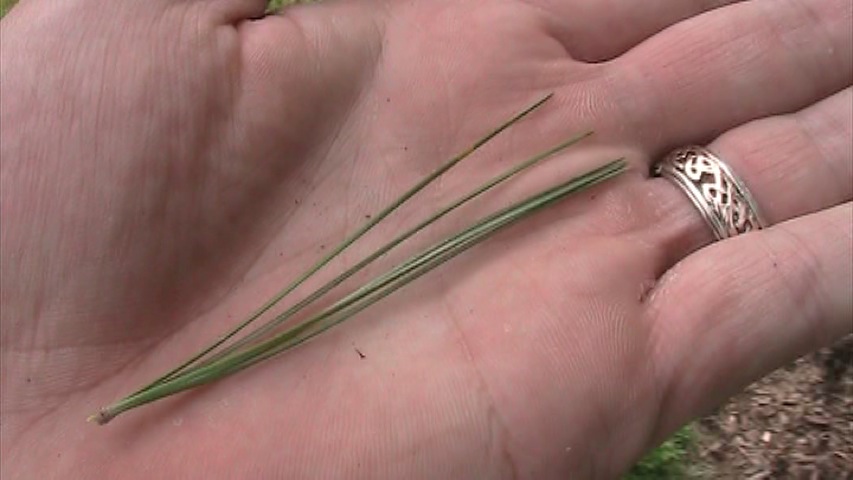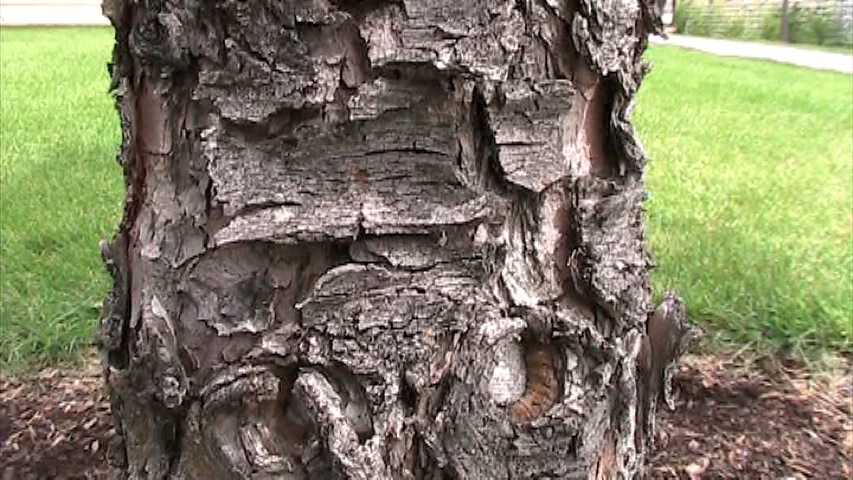| PSC 2620: Woody Trees and Shrub | Course Home | Week 13 |
Pinus flexilis - Limber Pine
Plant Viewer
 |
 |
| The needles are 2 1/2 - 3 1/2 inches long and arranged in clusters of five. They are orientated towards the end of the stem. Mature needles are quite soft. | The bark forms in small plates. |
 |
|
| The resinous cones are ovoid in shape and 3-6 inches long. Image: Dave Powell, USDA |
Plant Description
Pinus flexilis, or Limber Pine, is a medium-sized evergreen tree with a strongly pyramidal habit for much of its life. It grows 30-50 feet tall and 15-35 feet wide. The branching is dense when young, but becomes more spreading as it matures, and old trees have a broad and spreading form. It grows in well-drained soil with regular irrigation, but is drought tolerant once established. It is a tough tree that will handle an exposed setting well and consistent growth and form.
The bark is gray and forms in small plates. Young bark is smooth and often has a greenish hue to it. Young branches are very flexible and can be easily bent back on to themselves, hence the common name of Limber Pine. The dark blue-green needles are long (2.5 - 3.5 inches) arranged in clusters of 5 that point towards the end of the stem. The needles are sparse on the stems and much more profuse at the end of the stem, giving the tree a tufted appearance. The light brown cones form in clusters of a little below the terminal bud. They are 3-6 inches long and narrowly ovoid in shape. Resin commonly extrudes from the cones.
Landscape Use
Limber Pine has an excellent form, especially when young, that is handsome in the landscape. Use it with other trees and shrubs to create a good windbreak or screen. It is also a choice for use in a naturalized setting and any location that has poor growing conditions.
Points of Interest
It is susceptible to very few pests or diseases, and none of them are serious. Its flexible branches are an asset in dealing with strong winds and heavy snow loads, which it usually sheds off easily.
Notable Cultivars
Glauca
The needles are more of a blue color than the regular species.
Vanderwolf
A fast growing selection of the species (about 2 feet per year), it has a very good pyramidal form and upright branching habit.
